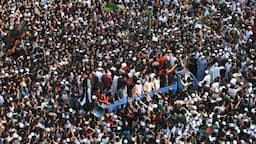A primary initiative under the National Health Mission (NHM) initiated to offer complimentary dialysis services to financially disadvantaged patients facing end-stage renal disease (ESRD).
Launched in April 2016 as part of the Union Budget 2016–17

Executed through Public-Private Partnerships (PPP) and hybrid approaches.
Ministry: Carried out by the Ministry of Health and Family Welfare
Goals:
Deliver fair and affordable dialysis treatment throughout India.
Alleviate financial strain on families living Below Poverty Line (BPL)
Enhance kidney-care facilities in district hospitals and further.
Extent and Spread:
Operational in 751 districts throughout 36 States/UTs
1,704 dialysis centers functioning as of June 2025.
Services provided to Community Health Centres in rural and isolated regions.
Main Characteristics:
Types of Dialysis Available:
Servicios de diálisis en hemodiálisis (HD) y diálisis peritoneal (PD) incluidos.
Models of Implementation:
- PPP framework in 14 States/UTs
- Internal model across 16 States/UTs
- Hybrid framework in 6 States/UTs
PMNDP IT Platform:
Inaugurated in May 2022 for immediate integration of dialysis centers
Facilitates One Nation–One Dialysis mobility with immediate slot accessibility.
The 14-digit Ayushman Bharat Health Account (ABHA) guarantees smooth connection and identification of patient data.
Enables access to Personal Health Records (PHR) and incorporates insurance plans.
(RIS):
National database of public and private healthcare organizations

Facilitates a clear, searchable database to enhance healthcare accessibility.
Target Audience:
Mainly serves BPL patients, yet the infrastructure aids all ESRD patients.



.webp&w=3840&q=75)












